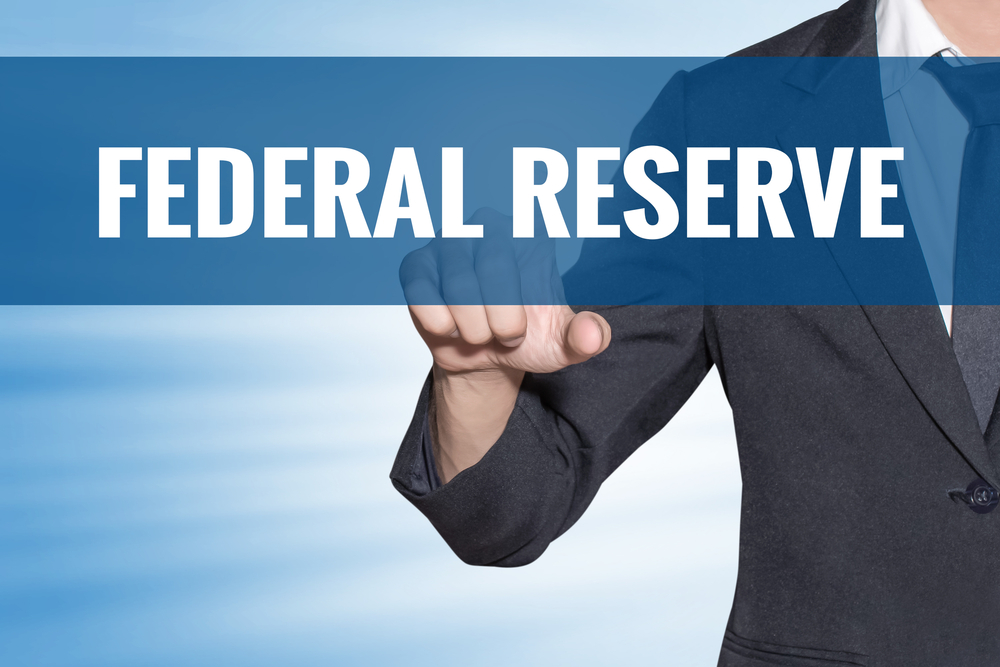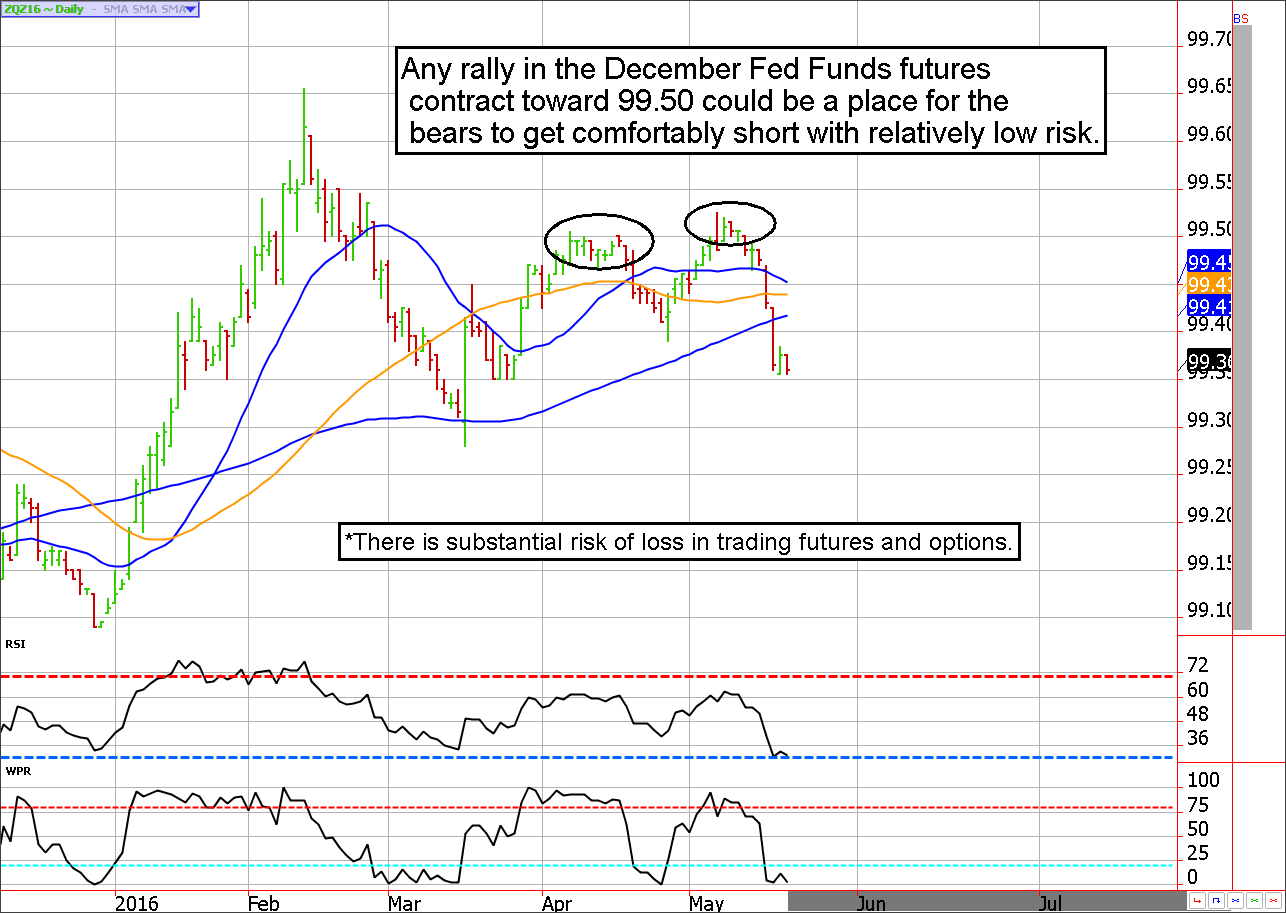What You Need To Know About Fed Funds Futures

Do the Fed Funds futures markets tell us what the Fed is going to do? The answer to that question is a resounding “no”! Fed Funds futures contracts are simply trading vehicles in which hedgers, but mostly speculators, buy and sell according to their market outlook. Although it can be argued that the Fed has been looking to the financial markets for policy guidance, in the end, they are the decision makers. Fed Fund futures market participants are merely making educated guesses as to what the Fed might do. Accordingly, the current value of the Fed Funds futures contracts reflects market participants’ expectation of future overnight lending rates, it does not reflect the actual probabilities of changes in monetary policy based on the opinions of Federal Open Market Committee (FOMC) members (AKA the decision makers). While most traders of Fed Funds futures are highly sophisticated, it is important to recognize they can be, and often are, wrong.
Specifically, the Fed Funds futures are derivative contracts written with the FOMC’s target overnight bank lending rate as the underlying “asset” (I use that term loosely in this instance). Accordingly, contract expiration months are based on scheduled Fed Meetings, as opposed to the typical quarterly expiration in financial futures. Not unlike any other futures contract, Fed Funds futures contracts can be bought or sold in any order as a speculative tool to bet on, or hedge, expectations of changes in the Federal Reserve’s target interest rate.
In a bare bones example, if you think the FOMC will be increasing interest rates you would sell the Fed Funds futures; if you believed the Fed will lower rates you would be a buyer. This might sound counterintuitive, but in reality, the price of an interest rate product moves inversely to rates. Thus, if interest rates rise, then bonds, notes, and even Fed Funds futures contracts fall; and vice, verse.
The CME Group provides a highly valuable resource to traders that are interested in dissecting the Fed Funds futures markets known as “FedWatch”. By navigating to the CMEGroup.com website and searching for FedWatch, you should reveal a wealth of knowledge including the prices of several Fed Funds futures contracts with various expiration months; but more importantly what they mean in regards to probability of a rate hike, in the collective opinion of traders, at a particular point in the future.

Despite the fact that the FOMC has only raised interest rates once since 2008, the Fed Funds futures rates fluctuate on a daily basis based on expectations of the next move. In my opinion, each upswing in the Fed Funds futures contract could provide a low-risk opportunity in getting bearish. Any trader wishing to do this would want to use contracts with expiration dates extending into late 2016 to early 2017. Keep in mind, the more distant the expiration, the higher the volatility will be. Nevertheless, these contracts move relatively slow and are margined low at less than $1,000.
Looking at the December 2016 Fed Funds futures; on upswings, the contract has habitually traded in the 99.45 to 99.50 area. At these levels in May, the market was pricing in an overnight lending rate of about 0.515%. (100 – 99.485) at a time in early which the target rate was between .25% and .50%. The market was essentially predicting a single quarter-point rate hike by December and partially pricing in one more. According to the CME, the probability of any rate hike at all by December was about 61%. Just a few months earlier, the Fed Funds futures and most market analysts were calling for four rate hikes in 2016. Accordingly, there was plenty of room for the market to change its mind (pricing in more rate hikes), which it did in dramatic fashion in mid-May. If it hadn’t, the upside in the Fed Funds futures contract was probably limited to about 99.50 because for the contract to move higher, the market would have to price in no rate cuts at all in 2016; and for things to get really hairy for the trade, negative interest rates would need to be a possibility – that seemed highly unlikely and should continue to be on any future opportunities. In short, should we see another upswing in Fed Fund futures, traders might consider establishing a bearish position.
To reiterate, the Fed Funds futures simply tell us what the market believes the overnight bank lending rate will be at a particular time in the future. However, between now and expiration it is quite possible to see dramatic changes to outlook. In other words, it is a snapshot of today’s thoughts but two weeks from now we might see completely different expectations blooming from the Fed Funds futures market. Ultimately, nobody can predict the Fed. Not even Fed members know what the committee will be thinking or doing several months from now.
Carley Garner is the Senior Strategist for DeCarley Trading, a division of Zaner, where she also works as a broker. She authors widely distributed e-newsletters; for your free subscription visit www.DeCarleyTrading.com. She has written four books, the latest is titled “Higher Probability Commodity Trading” (July 2016).


